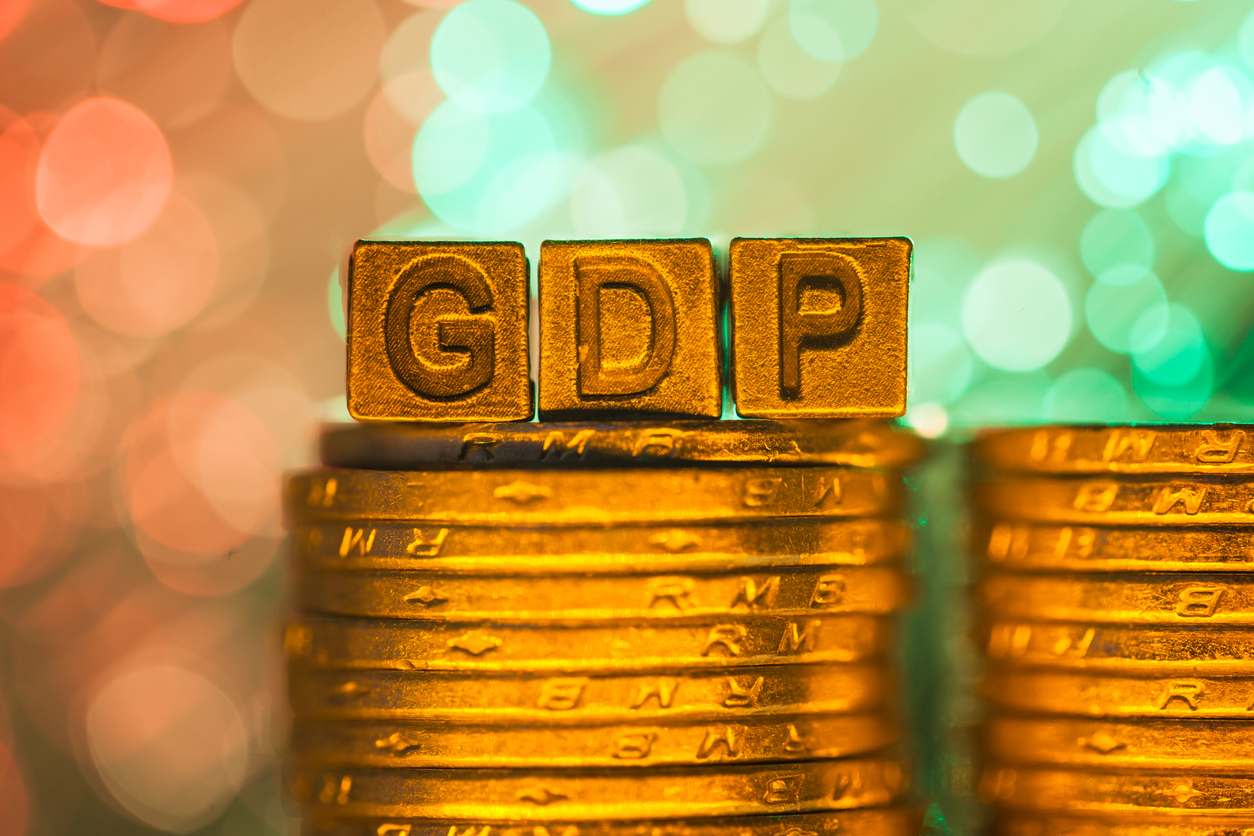
Slow pace of vaccination may affect economic growth adversely - Report

Fitch India Ratings has lowered its ratings of India’s GDP growth forecast from 9.6 per cent to 9.4 per cent in 2021-22 mainly because of the “slow pace of vaccination”.
The ratings agency had earlier estimated that India can expect 9.6 per cent growth in 2021-22 if all people above the age of 18 get vaccinated by December 31, 2021. In case India fails to achieve this target, the GDP may slip to 9.1 per cent, Fitch India Ratings had concluded.
The agency cited high inflation, poor wages, expensive healthcare and a consistent fall in domestic savings as reasons for poor growth.
Principal Economist Sunil Kumar Sinha said: “Going by the pace of vaccination, it is now almost certain that India will not be able to vaccinate its entire adult population only by December 31, 2021.”
Also read: TikTok pips Facebook to become 2020’s most downloaded app
The Reserve Bank recently projected the real GDP to grow at 9.5 per cent for 2021-22 as domestic demand improved following the COVID second wave. The GDP estimates for the April-June quarter will be released by the government on August 31.
Fitch India Ratings stated that assuming India revises its vaccination targets to March 31, 2022, then 52 lakh jabs will have to be administered every day. By doing so the government can hope to fully vaccinate about 88 per cent of the adult population by March 31 next year.
Lack of growth in urban as well as rural wages is glaring. Agricultural and non-agricultural activities have not shown any promise either. Urban wages too have fallen, mainly in the backdrop of increasing health expenses, loss of income and ever-rising inflation.
Data shows that there have been 32 lakh fewer jobs in July while the total number of jobs in June stood at 7.65 crore.
While exports may provide some support, the medium-term perspective on domestic demand is not encouraging. “Unlike COVID 1.0, which was largely an urban phenomenon, COVID 2.0 spread to rural areas as well. Even if the agricultural output/income remains intact in view of the progress of monsoon so far, rural households are unlikely to loosen their purse strings in view of the COVID-19 induced rise and/or a likely rise in the health expenditure as also the uncertainty/insecurity associated with the likely future waves of COVID-19,” India Ratings said.
Fitch Ratings stated that a resurgence in COVID-19 cases during July and August across several Asia Pacific (APAC) markets could affect a number of corporates in the region, which may weaken the prospects for the reversal of pandemic-related negative rating actions.
The corporates have reaped the benefits of reduced corporate tax announced last year, but the benefits have not been passed on to households, whose consumption growth has been stalled due to reduced incomes in the wake of COVID-19.
Principal Economist Sunil Kumar Sinha said the country can expect a ‘K-shaped’ economic recovery instead of V-shaped recovery.
A ‘K-shaped’ economic recovery is indicative of inequality in incomes with the poor bearing the brunt while the middle class and above derive benefits out of it.
On the contrary, a V-shaped recovery is characterized by a quick and sustained recovery in measures of economic performance after a sharp economic decline.


